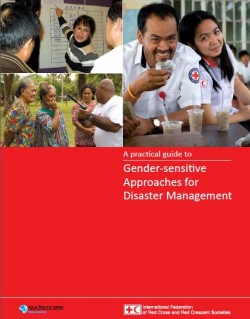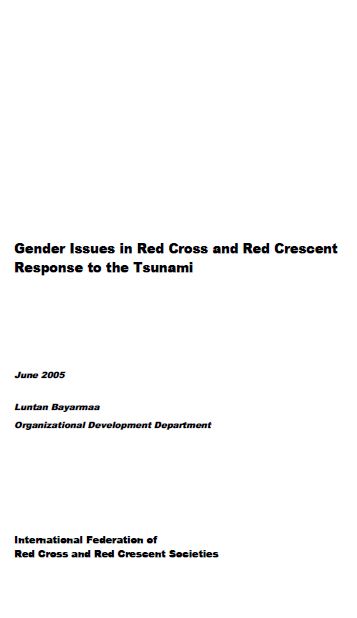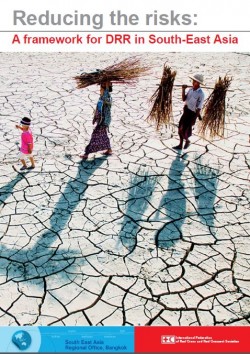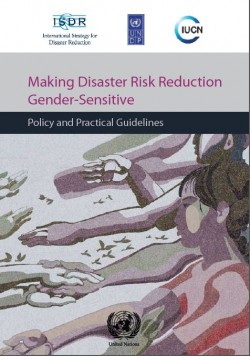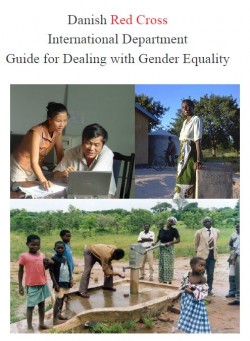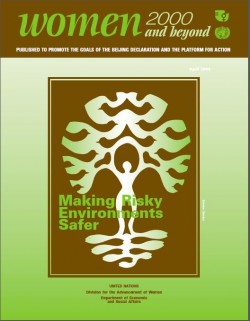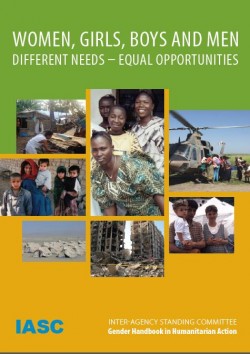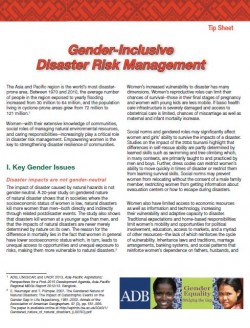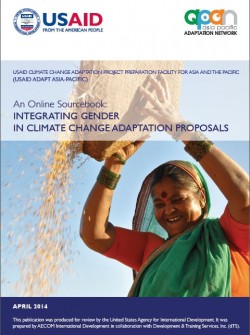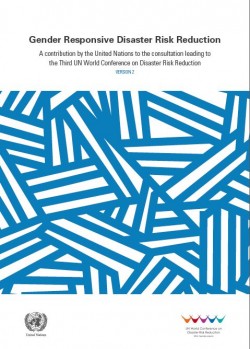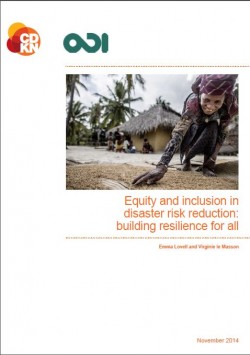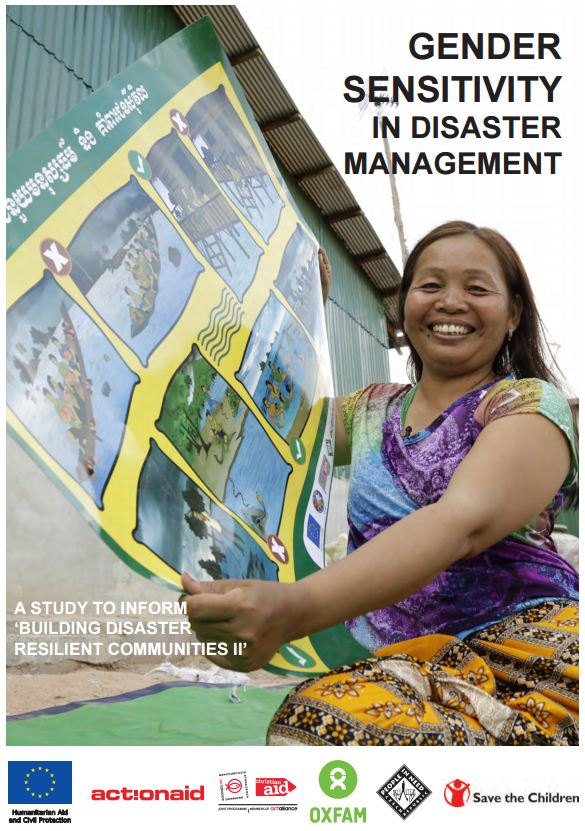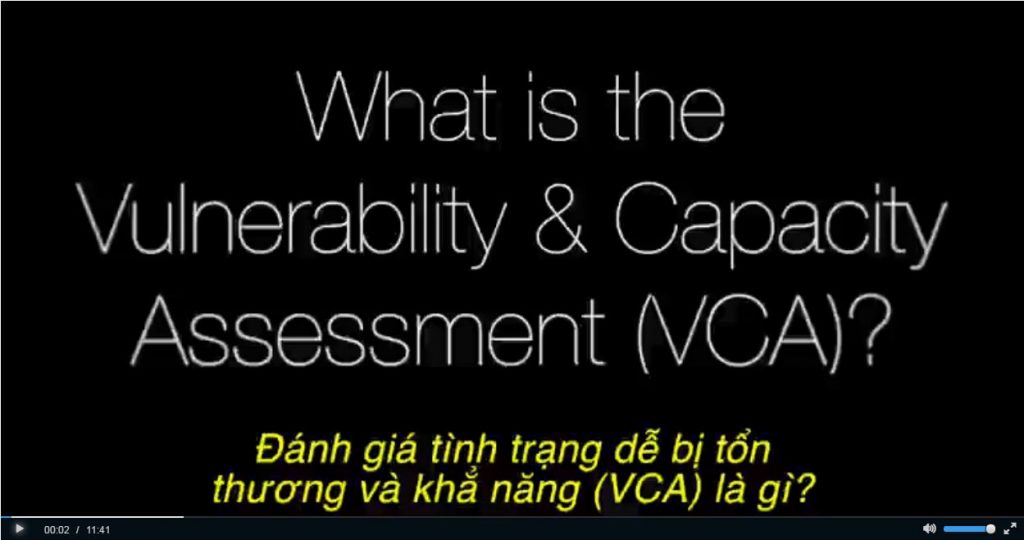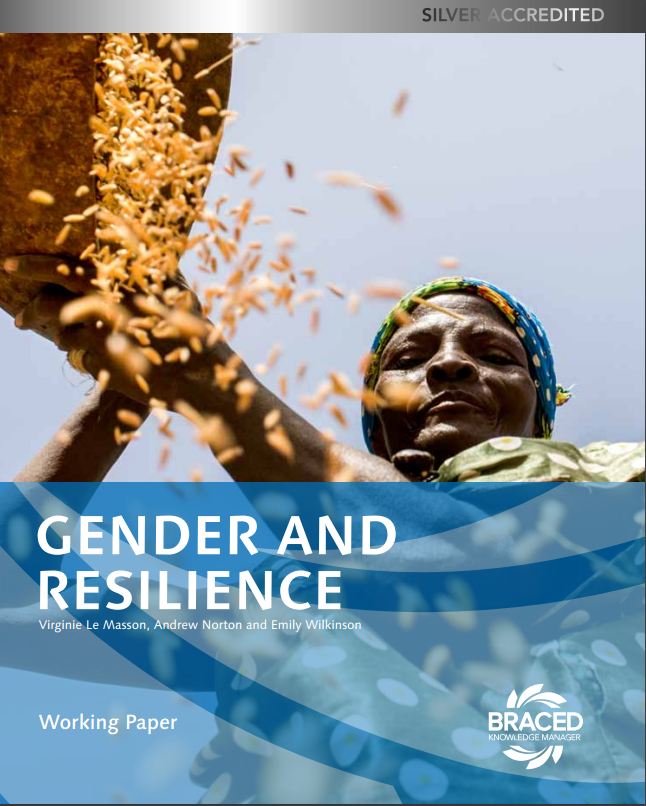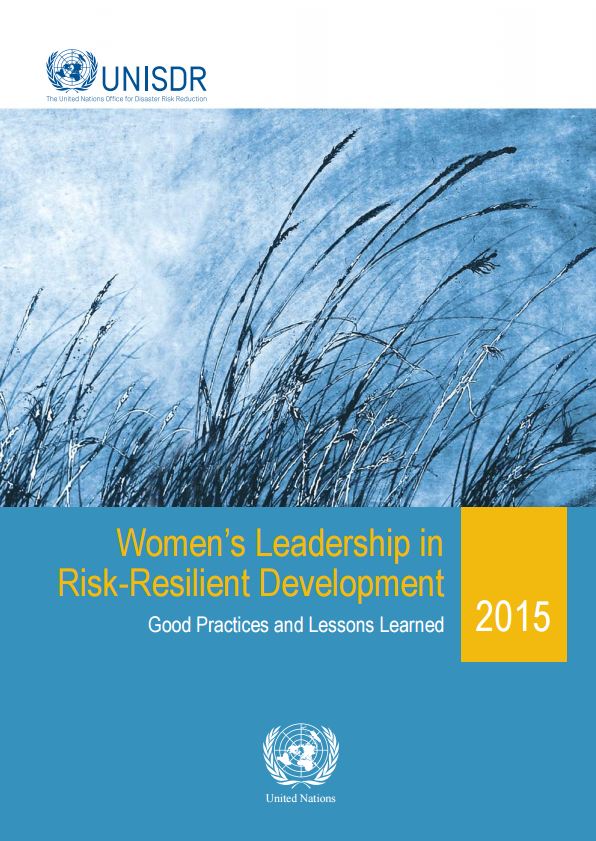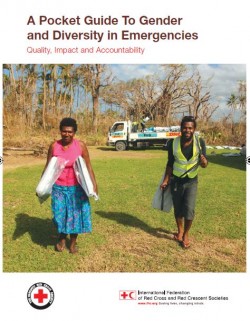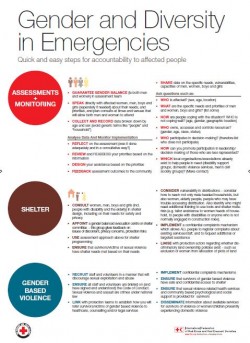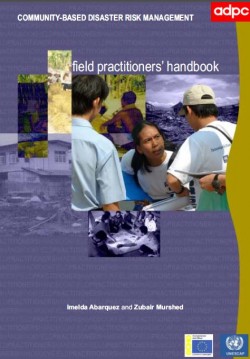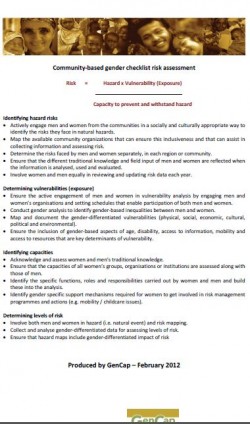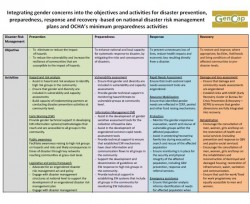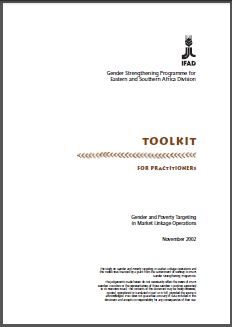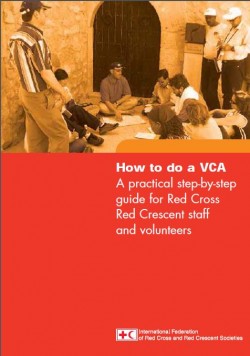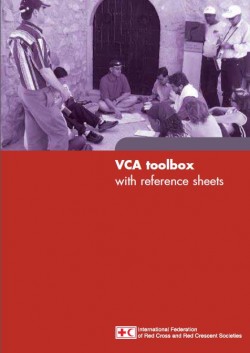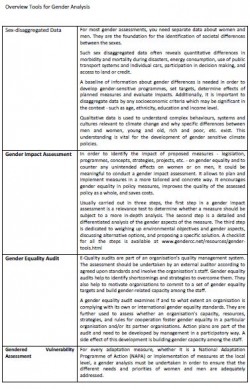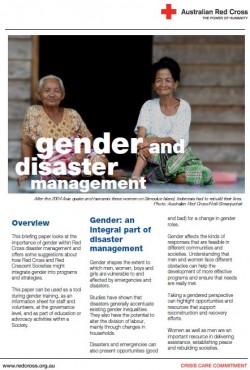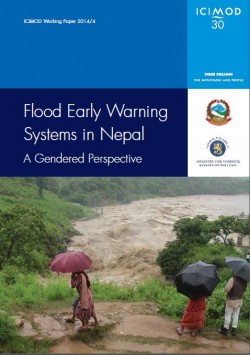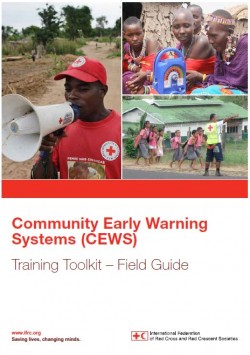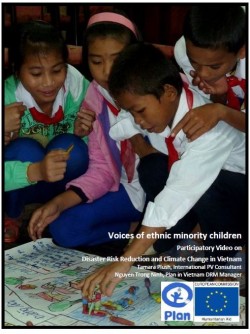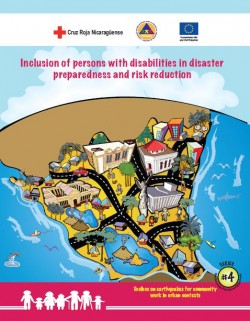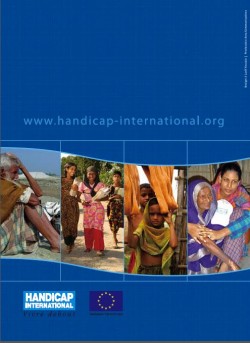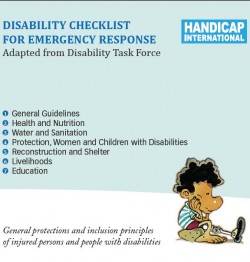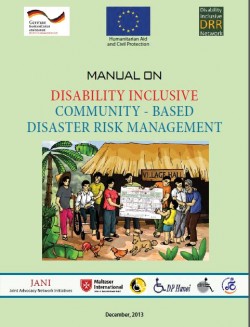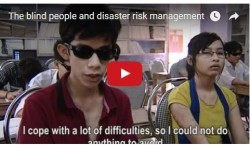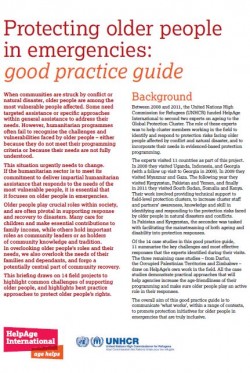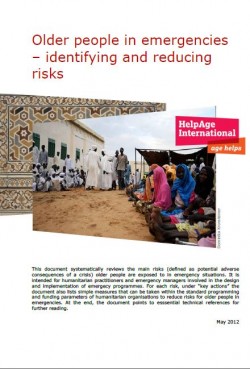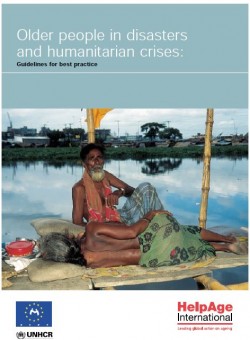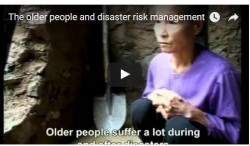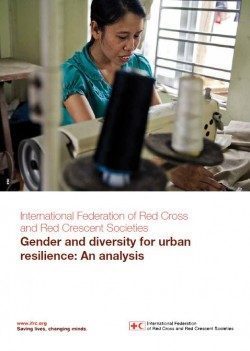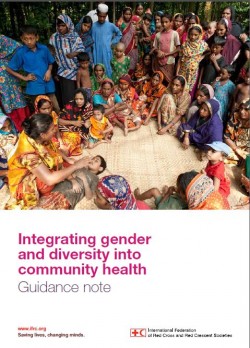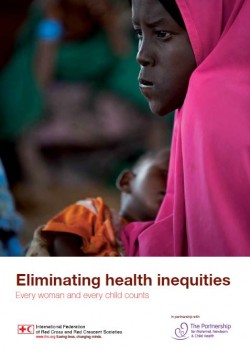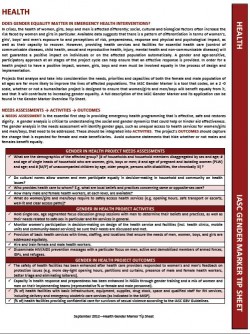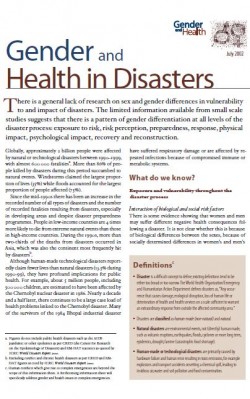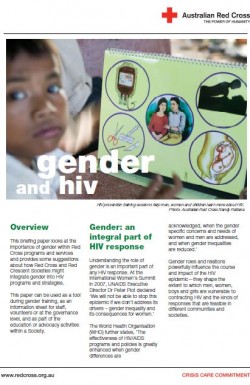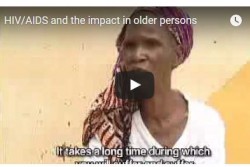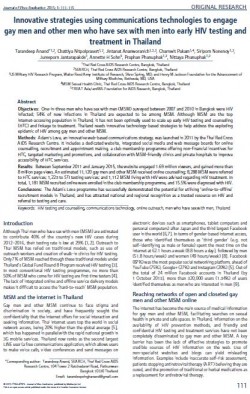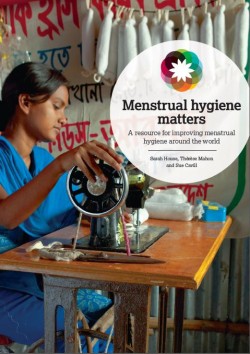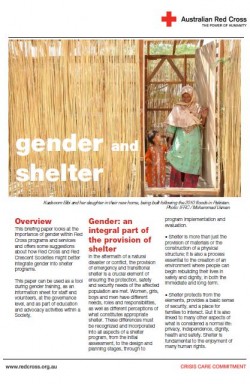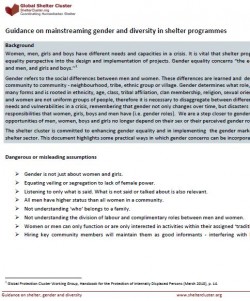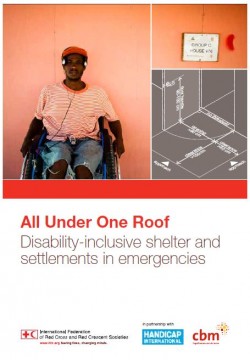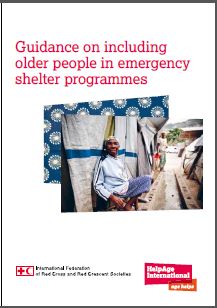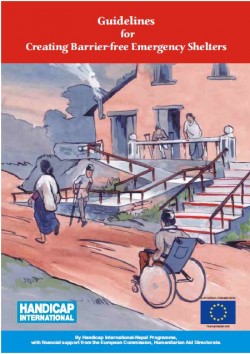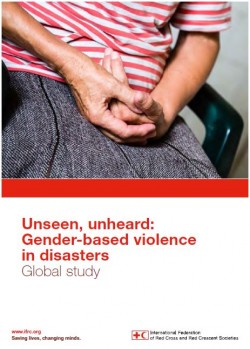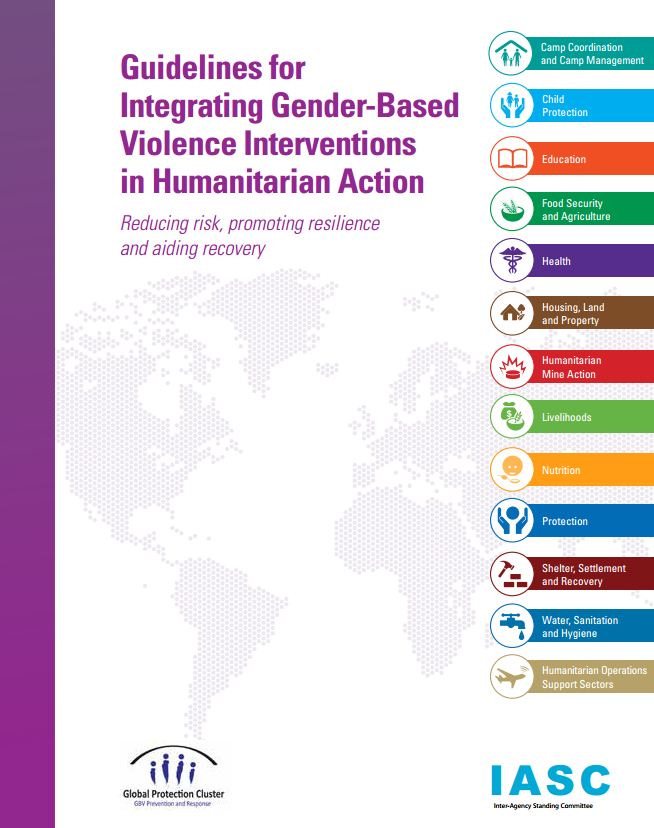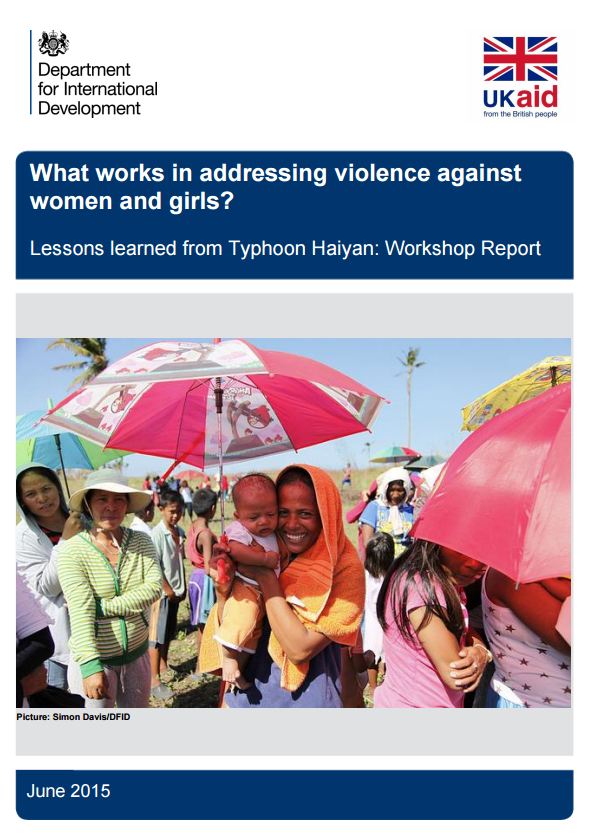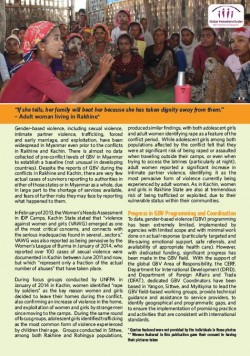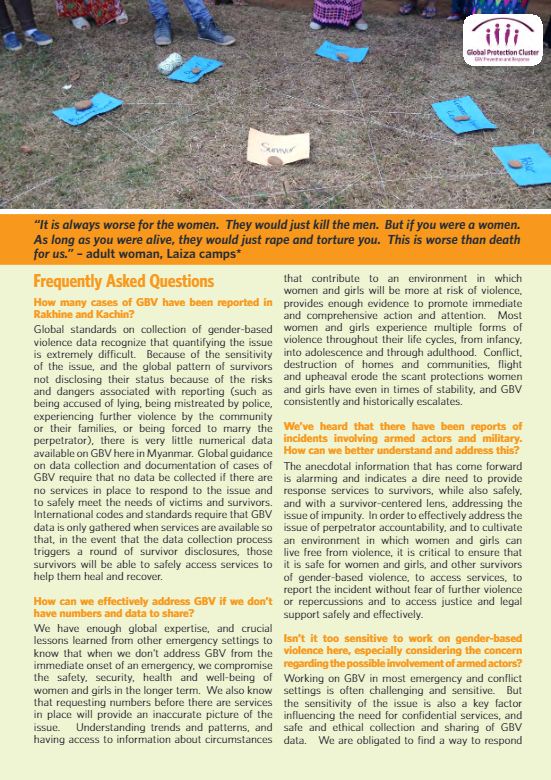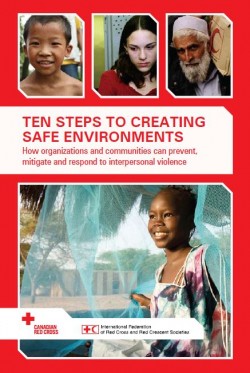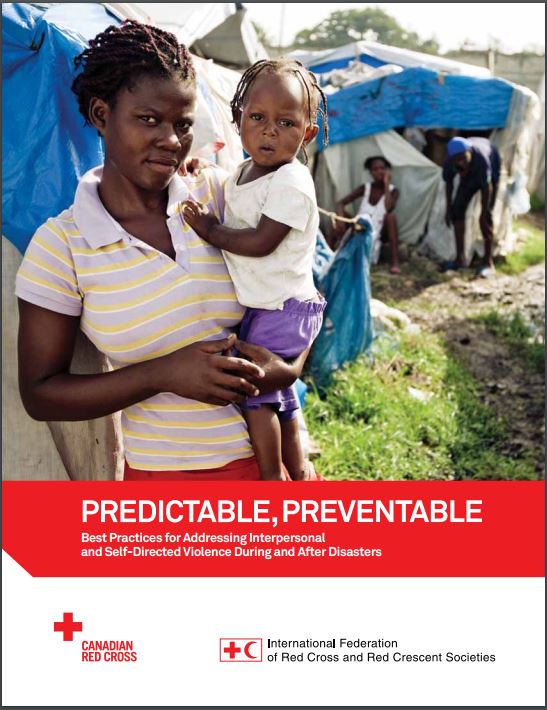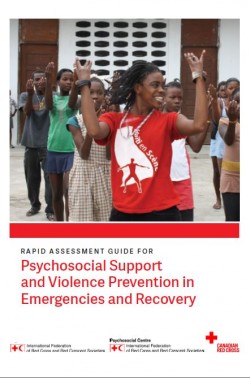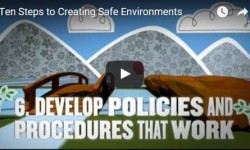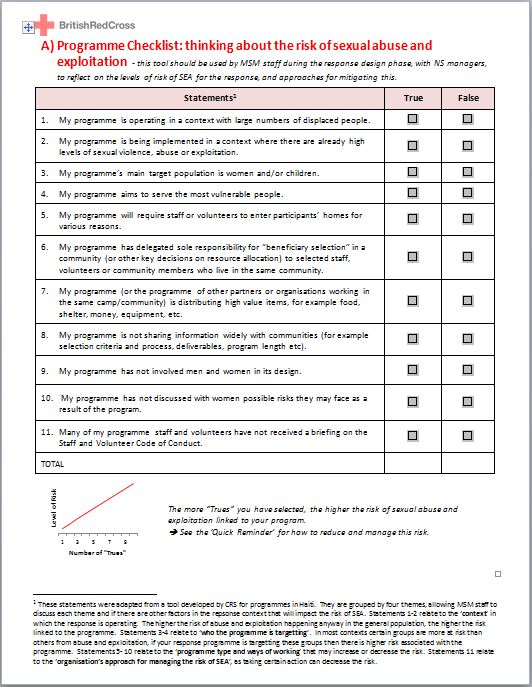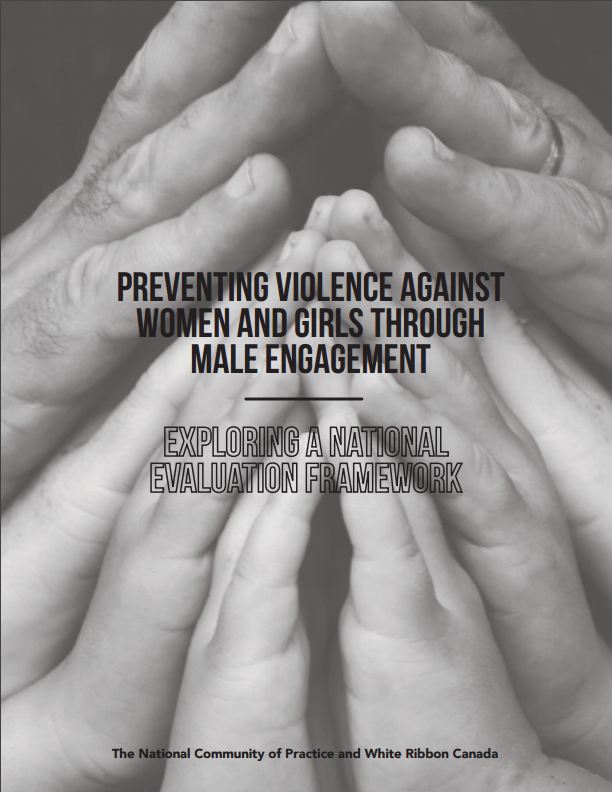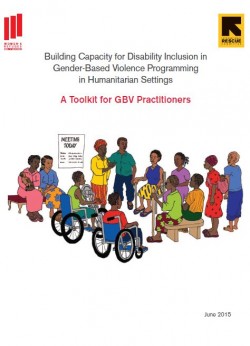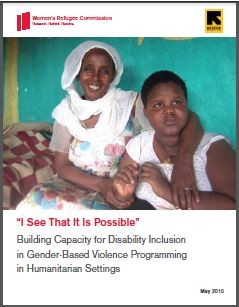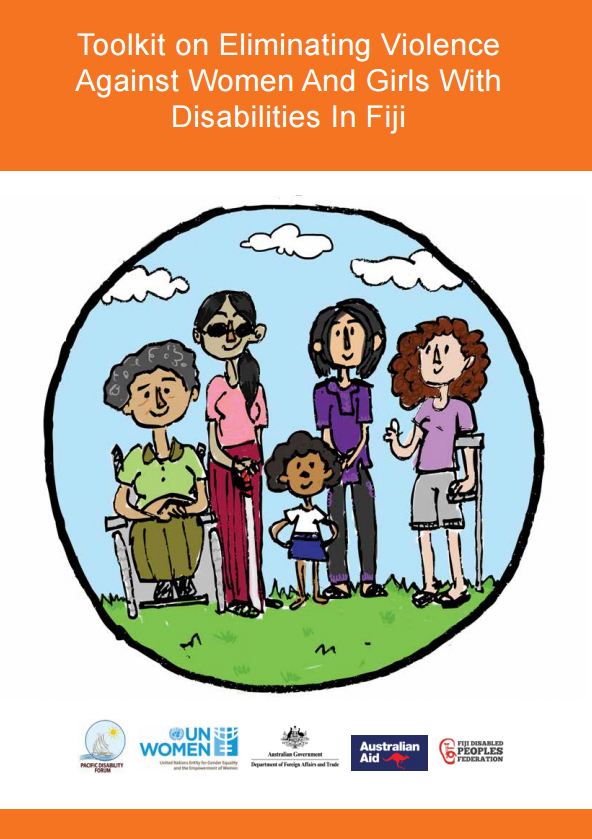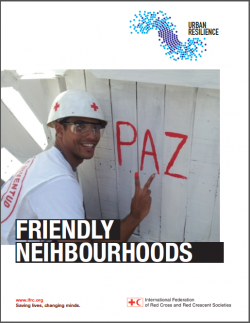This section contains resources under the key sectors for resilience building: disaster risk reduction and disaster management; health; water, sanitation and hygiene (WASH); shelter; and gender-based violence.
Each topic comprises resources that highlight the importance on integrating gender and diversity within the different sectors, as well as resources that focus on approaches to mainstreaming and integration. Each section also contains guidelines and tools for the practical integration of gender and diversity within programmes and activities.
This section contains some important guiding documents both from IFRC, National Societies and external organisations to the Red Cross Red Crescent Movement that highlight the importance of gender and diversity-sensitive approaches to DRR/DM to ensure gender and diversity equality. Following this, there are some guidelines and tools that focus on specific areas of programming e.g. gender and diversity sensitive assessments, participatory rapid appraisal activities and check lists to ensure we are accountable to everyone during and after an emergency. Resources relating to inclusion of people with disabilities, the elderly and ethnic minorities highlight risk factors and important considerations to ensure during an emergency.
Posters
- Minimum Standard in Disasters for Men and Women and Challenges: Rights, Access, Participation and Safety (in Lao)
- Minimum Standard in Disasters for Men and Women and Challenges: Disaster Risk Reduction (in Lao)
- Minimum Standard in Disasters for Men and Women and Challenges: Health (in Lao)
Assessment Forms
|
|
|
Early warning systems:
Inclusion of ethnic minority groups: |
Inclusive disaster risk reduction/disaster management for people with disabilities:
|
Inclusive disaster risk reduction/disaster management for elderly:
|
Gender and diversity for urban resilience: |
This section includes resources from community-based health to health in emergencies. It also focuses on specific areas of health that can lead to increased vulnerability during disasters if not adequately understood or addressed e.g. menstrual hygiene. There are many interactions between gender and the diversity that exists within communities and this is very evident when it comes to health during disasters. Resources under the HIV/Aids section of this page highlight these interactions e.g. AIDS and the elderly as well as the interactions between gender and HIV.
Community-based health:Health in disasters and emergencies: |
HIV/AIDS:
Menstrual hygiene: |
|
This section contains resources on mainstreaming gender and diversity in shelter programmes as well as specific guidance on inclusive shelter for the elderly and people with disabilities.
Inclusive shelter for people with disabilities:Inclusive shelter for the elderly:
|
Through addressing gender and diversity needs and understanding capacities throughout all the sectors under the ‘building resilience’ section of this resource library, we can work towards reducing and mitigating the impacts of disasters on the occurrence of gender-based violence. This section contains resources on violence prevention best practices and guides from the Canadian Red Cross, as well as guidelines for responding to gender –based violence. Case study video links from IFRC and UNHCR highlight good practice examples. The importance of looking at the interactions between gender and dimensions of diversity is highlighted through resources that look at disability inclusion in gender-based programming.
|
|
Responding to violence:
|
Disability inclusion in gender-based violence programming:
|
|
![]()


